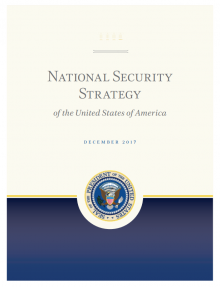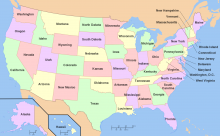Better than Ever?

Tired of the gloom and doom? Weary of hearing how the world is “going to hell in a hand basket?” If so, you can understand why Steven Pinker’s first book, “The Better Angels of Our Nature,” was a runaway best-seller, and why his newest offering, “Enlightenment Now: The Case for Reason, Science, Humanism, and Progress,” has quickly achieved that status.
Pinker isn’t some wide-eyed, giddy optimist. Instead, he marshals facts and figures to make his case that things are getting better. Here is an excerpt from a New York Times review:
Optimism is not generally thought cool, and it is often thought foolish. The optimistic philosopher John Stuart Mill wrote in 1828, “I have observed that not the man who hopes when others despair, but the man who despairs when others hope, is admired by a large class of persons as a sage.” In the previous century, Voltaire’s “Candide” had attacked what its author called “optimism”: the Leibnizian idea that all must be for the best in this best of all possible worlds. After suffering through one disaster after another, Candide decides that optimism is merely “a mania for insisting that all is well when things are going badly.”
Much of the book is taken up with evidence-based philosophizing, with charts showing a worldwide increase in life expectancy, a decline in life-shattering diseases, ever better education and access to information, greater recognition of female equality and L.G.B.T. rights, and so on — even down to data showing that Americans today are 37 times less likely to be killed by lightning than in 1900, thanks to better weather forecasting, electrical engineering and safety awareness. Improvements in health have bettered the human condition enormously, and Pinker tells us that his favorite sentence in the whole English language comes from Wikipedia: “Smallpox was an infectious disease caused by either of two virus variants, Variola major and Variola minor.” The word “was” is what he likes.
Want more? You can read the full article here.










